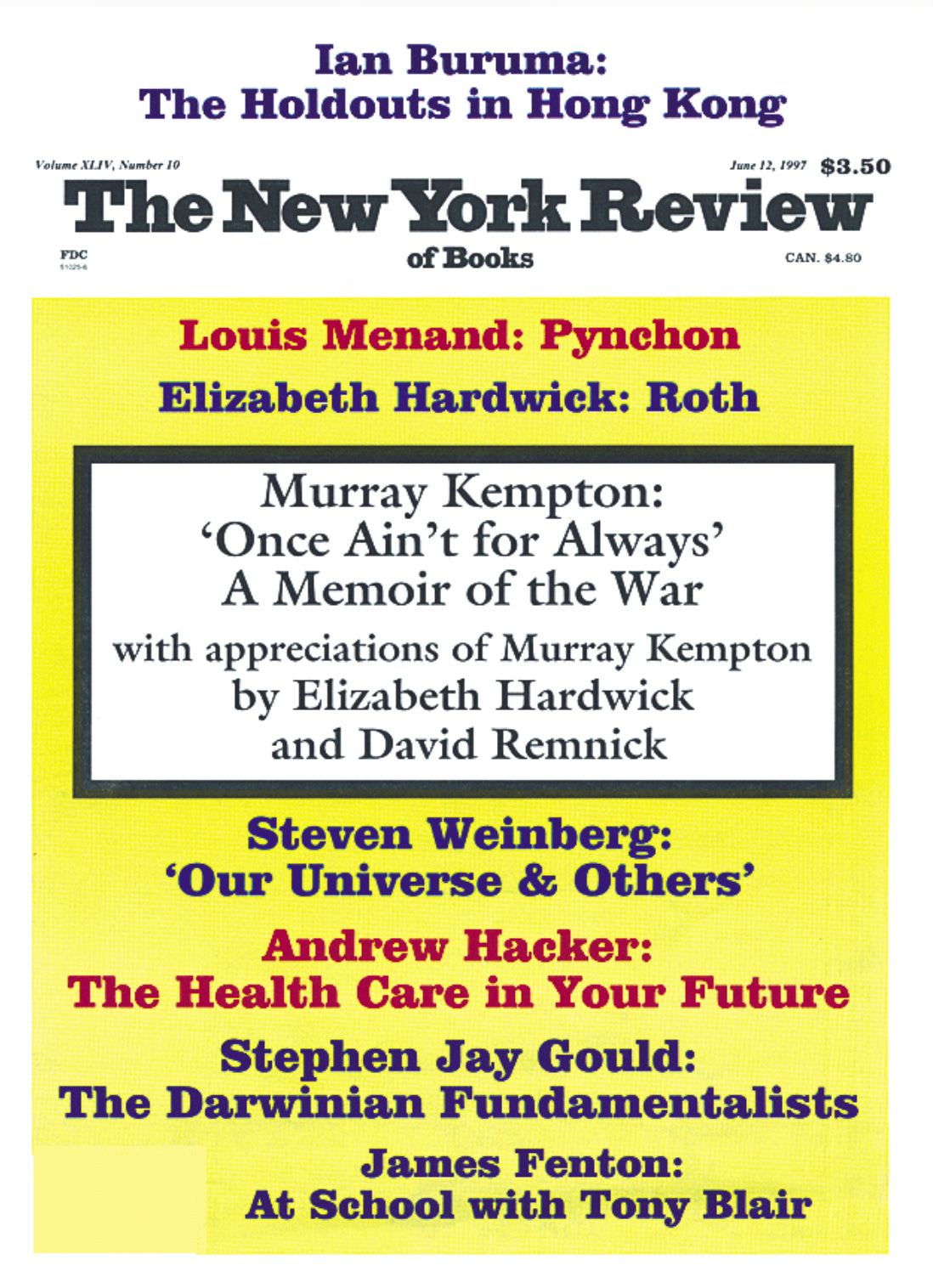On the New York Review of Books
Caravaggio was a murderer and a scoundrel — and all the stories I read this month
While Ted and I were recording the most recent episode, we discovered we both had read Ingrid D. Rowland’s recent article on a newly discovered Caravaggio1. This speaks to the lack of coordination in our Whadayagot? segment and to The New York Review of Books’s extraordinary ability to compel the reader to various subjects. Neither Ted nor I are definitely-reading-the-new-article-on-Caravaggio guys. Until we discover that we are.
“The Book of Charlatans provides an unusual glimpse into the street life of medieval Islamic societies rarely captured in more elevated Arabic literary sources.” How could I pass that one up?
The New York Review is daunting but extraordinary, arriving on a variable schedule tied to the publishing industry’s busy seasons.
I am oversubscribed, and when any new magazine arrives in my mailbox, I feel joy and shame. What is wrong with me? Why can’t I resist subscribing to magazines I can’t find the time for?
As a rule, I always read the first sentence of the first article in the Review as soon as I pull the magazine from the mailbox. I suspect someone at the magazine works hard to make it as compelling as possible.
Finally, I can’t write about the magazine without mentioning that it’s also visually stunning. For 50 years, the Review seemed determined not to use cover art to entice readers. This has drastically changed with Leanne Shapton as Art Editor. See if you can spot the difference.
February Story Log
I have been keeping track of every short story I read this year. Last month:
“Chuka” by Chimamanda Ngozi Adichie (New Yorker)
“The Orts” by Emily Crossen (McSweeney’s 77)
“Alvin” by Jonas Eika (New Yorker)
“Bad Mexican Dog” by Jonas Eika
“Me, Rory, and Aurora” by Jonas Eika (Granta)
“Rachel, Nevada” by Jonas Eika
“The Pill” by Sasha Graybosch (McSweeney’s 77)
“Hell is a Thousand Eyeballs” by Icarus Koh (McSweeney’s 77)
“Stories I Used to Write” by David Means (The Paris Review)
“Keuka Lake” by Joseph O’Neill (New Yorker)
“Merlin” by Matthew Rohrer (McSweeney’s 77)
“The Pantry” by Matthew Rohrer (McSweeney’s 77)
“The Moron Factory” by George Saunders (The Atlantic)
“The Complete” by Gabriel Smith (The Drift)
“The Death of Ivan Ilyich” by Leo Tolstoy2
“My Friend Pinocchio” by David Rabe (New Yorker)
Emily Crossen’s “The Orts” kicks off Rita Bullwinkel’s first issue as the new editor of McSweeney’s with a burst of the bizarre. This slim and strange story stuck with me more than anything else I read this month. It is strikingly unhuman but I suspect most readers will find something in it that is deeply familiar.
“Hell is a Thousand Eyeballs” by Icarus Koh made me laugh out loud in a crowded bar. When’s the last time a story did that to you?
“Me, Rory, and Aurora” led me down a Jonas Eika rabbit hole. I read his entire collection. His story “Alvin” is also excellent, and his entire work is stranger than everything described heretofore as strange or bizarre. He’s not for everyone but I’m all for it. -Adam
Caravaggio was a murderer and a scoundrel — and an unknown painting of his has recently been discovered.
Do I track novellas on my story log or my book log? I’ve chosen both.









Thanks for alerting me to the new George Saunders story which I adored.